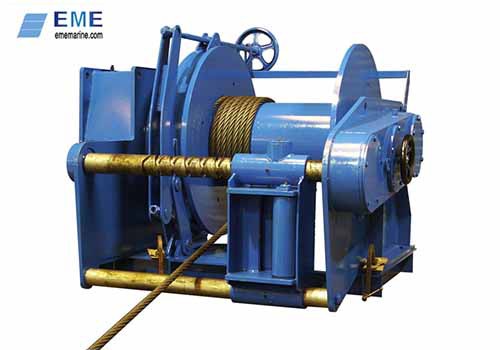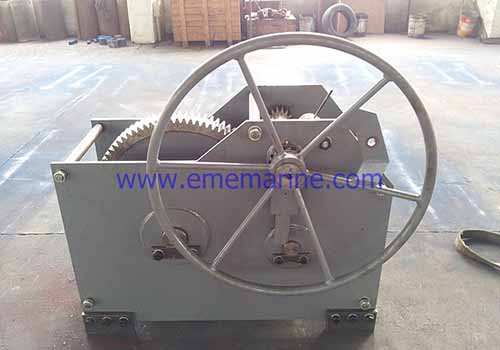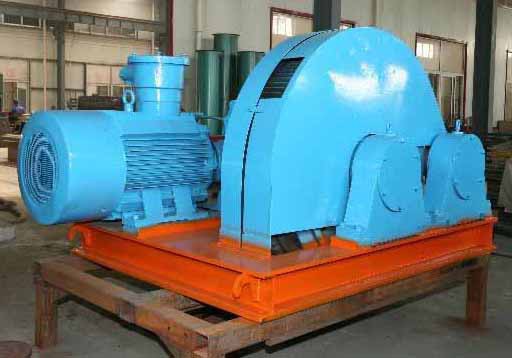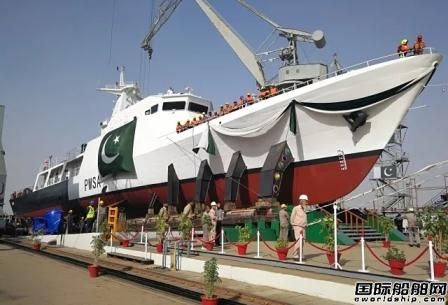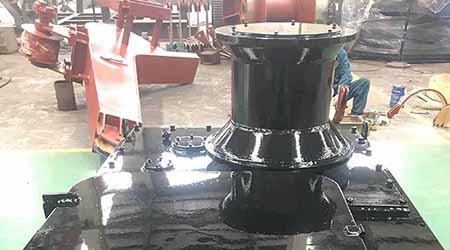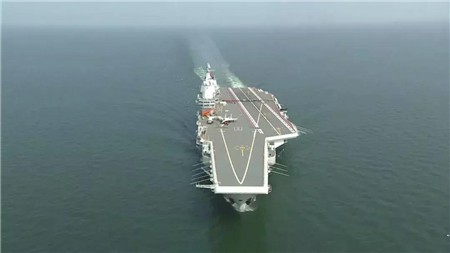
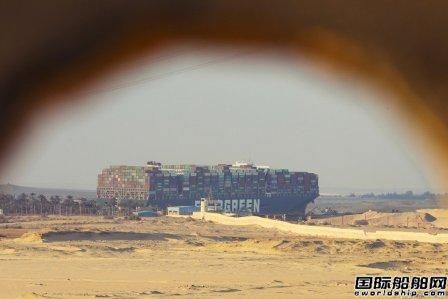
With the reopening of the Suez Canal, an investigation into the cause of the grounding of the vessel Chang Chi has been launched. "Although the preliminary findings suggest that the accident was an "act of God", the Suez Canal Authority still suspects that it may have been caused by a "man-made accident". The ship and its 25 crew members will be placed under temporary "house arrest" until the investigation is completed.
SCA suspects human error? The captain is ultimately responsible
On 31 March, the Suez Canal Authority (SCA) launched an investigation into the grounding of the vessel Chang Chi, which will examine the vessel's seaworthiness and master's operating records, as well as its accident report and hardware maintenance report, and the vessel's communications and calls during the accident, to help determine the extent of the incident. communications and calls during the incident to help determine the cause. The vessel will not be allowed to leave the anchorage where it has been moored in the waters of the Great Bitter Lake until the investigation is completed.
It is believed that the vessel had a crew of 25 Indian nationals on board, assigned by the ship management company Bernhard Schulte Shipmanagement (BSM), and two pilots on board at the time of the incident. Suez Canal Authority officials said that the 25 crew members are currently "fit" and that no crew changes will be made for the time being.
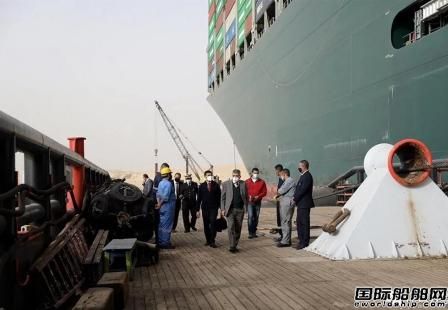
Sheyshe, a consultant for the Suez Canal Authority, said that the Suez Canal Authority had asked the crew of the vessel to provide the ship's black box, but the crew "did not hand it over at that time". But after the accident, the Suez Canal Authority had sent someone on board to take away all the documents. Sheyshe expects the investigation to be completed within four days.
Mohab Mamish, a former director of the Suez Canal Authority and now an adviser to the Egyptian president, said the investigation was being conducted by Egypt, Taiwan, the International Maritime Organisation, the UN's investigation unit and the ship's owner, Japan's Shoei Kisen, and that the findings would involve a huge multi-payer claim. He pointed out that the pilot was responsible even if strong winds blew the ship off course, but stressed that the captain was ultimately responsible.
Earlier, Osama Rabie, the current director of the Suez Canal Authority, had already said that weather conditions may not have been the main cause of the vessel's grounding and that "there may have been technical problems or human error", but he gave no further details.
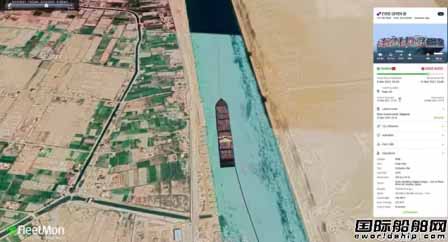
Automatic Identification System (AIS) data showed that the vessel was travelling close to the left after entering the Suez Canal, then accelerating significantly, then heading to the right, then back to the left, and finally running aground laterally.
Generally speaking, the speed of a ship in the river is about 8 to 9 knots, and the maximum speed allowed by the Suez Canal traffic regulations is 7.6 to 8.6 knots, but the ship reached a maximum speed of 13.7 knots in the 40 seconds before it ran aground, which is against the normal driving norm. Industry analysis, "Chang Chi" ship may be the ship began to deflect in order to correct the path and accelerate, but eventually led to loss of control, because the shallow water effect will make the ship more difficult to manipulate the direction, large ships can not risk deviating from the middle of the channel.
It is reported that at the time of the incident, in addition to the 25 Indian crew members on board, there were two Suez Canal pilots on board to assist the captain in directing the ship's navigation. A senior canal pilot revealed that they all had more than 30 years of experience and had guided the ship through the canal, but that did not mean it was foolproof, as the ship was susceptible to wind and the risk of running aground was high.
Communication between the pilot and the captain of the vessel is one of the areas of investigation, but according to Egyptian regulations, the Suez Canal pilot is not responsible for any damage caused during the monitoring of the vessel and all responsibility lies with the vessel owner and the insurance company.
In addition, the Suez Canal Authority stated that the vessel was not escorted by a tugboat when it entered the canal, although this was not mandatory, but both vessels ahead of the vessel were escorted by tugboats and at least one vessel chose to wait for the sandstorm to pass before At least one ship chose to wait for the sandstorm to pass before entering the canal.
The owner claims that the weather was the cause? "The vessel had previously lost control of the ship and crashed due to "high winds".
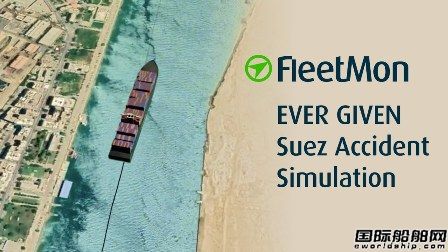
It is understood that the vessel is a 20,388 TEU ultra-large container ship, 400 meters long, 59 meters wide, 15.7 meters draft, 219,079 tons of gross tonnage, built by Japan's Imabari Shipbuilding, the owner of Imabari Shipbuilding subsidiary Zheng Rong steamship, long-term lease to Taiwan Evergreen Marine. On March 30, CZ said it would work with other units to investigate the incident, but did not specify who it was working with and refused to discuss the possible causes of the ship running aground.
Previously, BSM, the ship's management company, had said that the preliminary findings of the investigation suggested that the grounding might have been caused by high winds and that mechanical or engine failure had been ruled out for the time being. Zheng Rong Steamship also said that the ship had been hit by "strong winds of 74 kilometres per hour, which caused it to drift off course".
According to local meteorological reports in Egypt, gusts of wind and dust storms with gusts of up to 50km/h were recorded in the area on 23 March. Meteorological technology company ClimaCell also noted that the ship experienced strong winds and gusts in excess of 35 to 40 mph (56 to 64 km/h) during its grounding in the Suez Canal, which could have made the 400-metre-long ship more difficult to manoeuvre or raised desert sand and dust, reducing visibility. Such strong winds are "rare in our historical analysis - they only occur once every few years".
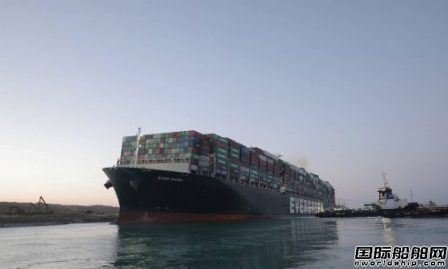
However, the media pointed out that, according to the weather software, the location of the incident on March 23, Egypt time, the wind direction continued to blow from south to north for nearly 100 kilometres, parallel to the ship's hull, blowing from the stern to the bow; however, given the location of the vessel when it ran aground, if it was affected by strong winds, it must have been a westerly or even northwesterly wind.
It is worth mentioning that this is not the first time that the vessel has been involved in an accident due to "strong winds". Back in February 2019, the vessel was involved in a serious collision on the Elbe River in Germany when it crashed into the Finkenwerder, a 25-metre long ferry moored at the Blankenship quay, causing significant damage to the ferry. Fortunately, there were no injuries on board. The final investigation into the accident also pointed to "high winds".
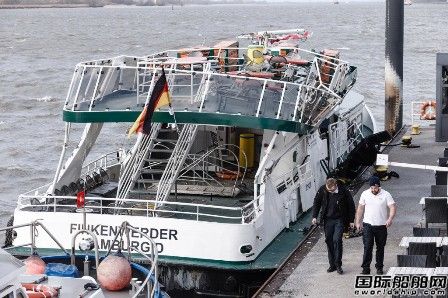
According to the Wall Street Journal, after the 2019 collision of the vessel Chang Chi on the Elbe River, local police launched a criminal investigation into the captain's possible driving errors, but the final investigation did not find any wrongdoing by the captain and the case was dropped in March 2020 for lack of evidence. According to the findings of the investigation at the time, it is possible that the ferry was struck by strong winds and that the slow speed of the vessel limited the captain's ability to steer the vessel away from the river bank. However, it is uncertain whether the captain of the vessel is the same as the one who ran aground.
Since its delivery, the vessel has not had any arrests recorded during the five port state supervision inspections. The ship was last inspected in February 2020 in the UK port of Felixstowe, where three deficiencies were found, including an "incorrect" oil logbook, unfamiliarity with the GMDSS equipment and a broken pilot ladder.
In response to the grounding, Suez Canal is likely to claim compensation from CZV, as owner, for the loss of tolls and canal repairs caused by the grounding. The Suez Canal estimates that the loss and damage caused by the blockage of the waterway by the vessel could amount to around US$1 billion. In addition, CZV and its insurers will have to bear the cost of salvage operations, which the Suez Canal has a reputation for being extremely expensive. CZV said that it has not yet received any claims.
In an interview with Al-Hayah TV, Rabie stated that "the ship will remain in the Grand Canal until the investigation into the grounding is completed. The ship will be detained in the Great Bitter Lake until the investigation is completed."
Rabie said that the cargo would remain on board and that the ship would be confiscated if its owner refused to pay for the damage. The investigation into the incident was launched on 31 March and "a specific end date cannot be set, the task cannot be fast or easy and the investigation will take at least a week".
Taixing Expansion Marine Equipment (EME) is the professional designer, manufacturer and exporter of mooring winch, positioning winch, towing winch, anchor winch, diesel winch, electric windlass, hydraulic windlass, diesel windlass, electric capstan, hydraulic capstan, pneumatic capstan etc. Our products are mainly for scientific research vessel, navy vessel, working barge, tug, cargo vessel, oil tanker, offshore platform etc.
